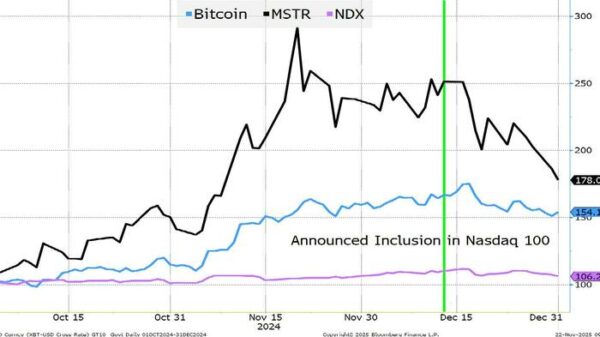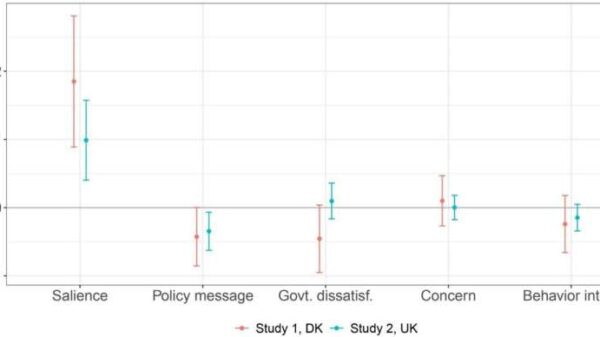The Immigration and Customs Enforcement agency (ICE) is experiencing increasing unpopularity among Americans, even as its funding is set to expand substantially. President Donald Trump’s recent legislation allocates a significant $75 billion to ICE through 2029, making it the highest-funded federal law enforcement agency in the United States. Critics of the administration are raising concerns about what this expansion will entail, particularly given the agency’s controversial actions in recent years.
Polling data indicates a marked decline in public perception of ICE. A recent Quinnipiac University poll revealed that 57% of respondents disapprove of how ICE is enforcing immigration laws, with only 39% expressing approval. This sentiment reflects a broader trend: Americans are increasingly skeptical about ICE’s role and actions, with many feeling that the agency has overstepped its bounds. In fact, according to an NPR-PBS News-Marist College poll, 54% of Americans believe that ICE has “gone too far” in its enforcement efforts.
As the Trump administration seeks to position ICE at the forefront of its immigration agenda, the political timing of this expansion appears questionable. The CNN poll indicates that 53% of Americans oppose the increased funding for ICE, while only 31% support it. This opposition is particularly pronounced among independent voters, who reported disapproval rates as high as 63% in the Quinnipiac survey.
The historical context of ICE’s popularity underscores the current challenges the agency faces. During the initial push to “abolish ICE” in 2018, led by some progressive Democrats, public opinion was more divided. Polls from 2018 to 2020 generally showed Americans split on their views of ICE, with only one poll indicating a significant negative sentiment. The current data suggests a deeper disenchantment with the agency than in previous years.
Adding to the controversy, the Trump administration’s plans for ICE include a more aggressive approach to immigration enforcement. Tom Homan, a former official with ICE, defended the agency’s actions during a recent interview, asserting that it is simply enforcing laws enacted by Congress. However, as the administration continues to emphasize ICE’s role, it risks exacerbating public discontent, particularly if it engages in more controversial tactics.
As this situation unfolds, the implications of ICE’s expansion and its reception among the American public remain critical to watch. The growing disapproval could pose significant challenges for the Trump administration, especially as it seeks to navigate the complex landscape of immigration policy and public opinion.




































































